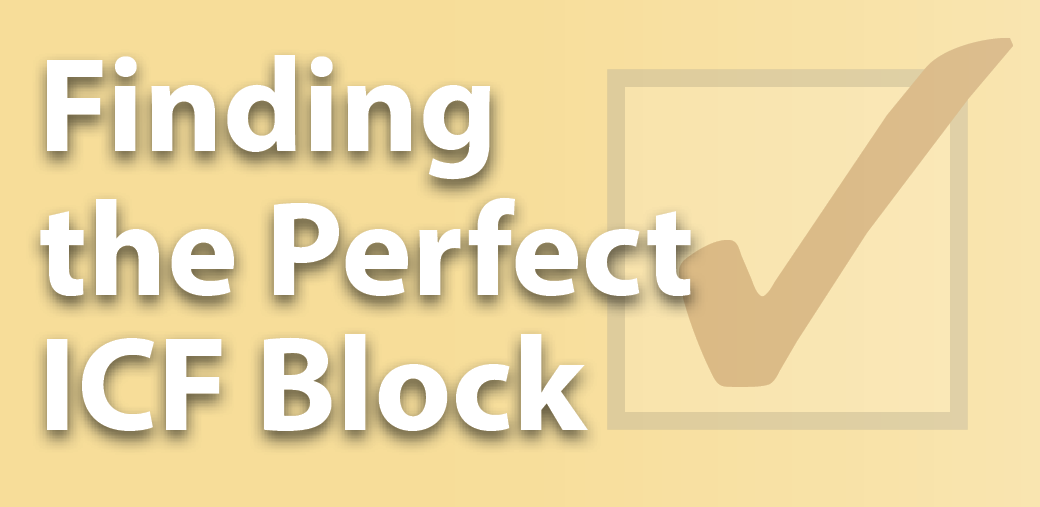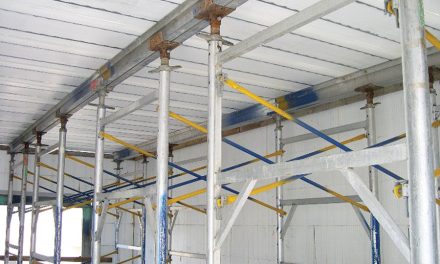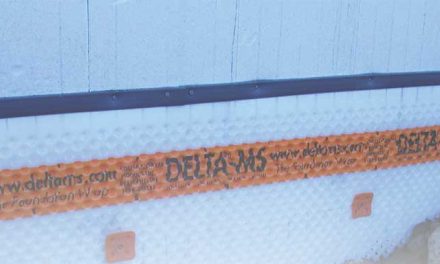Wide Variety of Blocks means one will be perfect for your project.
The chart on the following pages is designed to help homeowners, builders, and architects compare the different features of ICF brands. It is not intended to fully describe every feature of every form on the market, but it does contain a significant amount of information—more than any other chart available.
We recommend that you use the chart to make a short list of forms that meet your criteria: form size, cavity shape, tie design, and energy performance. Then visit the manufacturer’s website or call their toll-free number for more information.
Don’t underestimate the importance of manufacturer support, especially if you’re new to the industry. For architects, the larger companies offer engineering and technical assistance. Installer training seminars are usually free, or a rebate is given with the first order of blocks. If you want hands-on training, ask, since some seminars are limited to the classroom. If you’re familiar with the industry, a video or installation manual may be all you’ll need to get started.
New for this year, we’ve separated the large international ICF manufacturers from the smaller regional ones. We’ve also added a smaller chart on p. 26 that compares the various cement-EPS blend systems.
Shipping costs make up a substantial portion of the overall price, and can vary considerably based on distribution locations. That’s why we’ve listed the distribution locations of every brand. Also consider labor costs, finishing requirements, and project details. Reversible blocks can minimize waste. Furring strips make interior finishes much cheaper—and easier—
to install. On some jobs, specialty blocks, like T’s, taper tops, and brickledges can make all
the difference.
In the end, your decision will probably be determined by block features, price, reputation, and level of manufacturer support. This chart is the best place to start if you want to make an informed choice.
For a comprehensive, sortable version of the chart, visit the magazine website,
www.icfmag.com, and purchase the deluxe version in Microsoft Excel format.
It contains information on every ICF system in North America, with additional specifications on every manufacturer, such as additional specialty shapes (like double taper tops), foam density, code approvals, and exact concrete core thicknesses (instead of the nominal sizes listed on the following pages. This chart contains nearly 40,000 pieces of information: nearly 600 data points for each of the 80 manufacturers listed.
It can be filtered, sorted, and searched, which makes it easy to find a form with the exact specifications you’re looking for, such as a 3” sidewall, core width to match dimensioned lumber, with locking teeth that are fully reversible.
The online chart will be updated on a quarterly basis to ensure that all information is current, accurate and comprehensive.













